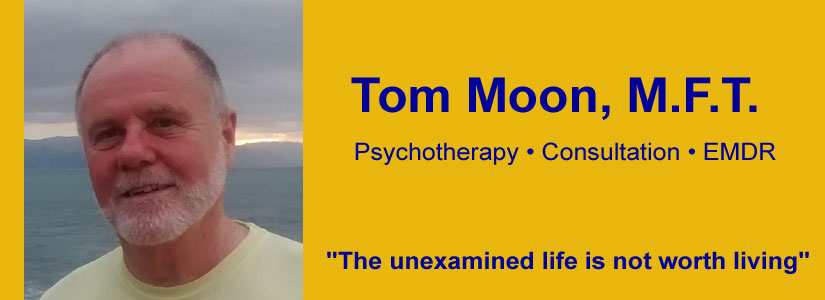At first, Kevin’s focus on having safe sex seemed to him a reasonable and healthy concern, since he was, after all, a gay man in a city where many men are HIV positive. Gradually, though, his fears became increasingly intense, until he reached a point where, after every sexual experience, he felt terrified that he had contracted the virus, despite the fact that he’d been Obsessive-Compulsive Disorder: When the Brain Locks Up
completely safe. On a rational level, he knew that his fears were baseless, but that knowledge made no difference. In time the terror became so great that he stopped having sex altogether; but even that drastic measure didn’t calm his fears. He became obsessed with the idea that he might catch HIV through touching door knobs or the weights at his gym, and eventually, almost any surface at all outside of his apartment. He knew that his fears were completely absurd, but this knowledge had no effect on him. By the time he came in for therapy, he only left his apartment to go to work, and had become completely isolated.
In therapy, Kevin was diagnosed with an extreme form of Obsessive-compulsive Disorder (OCD), an anxiety disorder characterized by persistent preoccupation with intrusive fearful thoughts, and by repetitive behaviors aimed at reducing the fear. Those who suffer from OCD often know that what they’re thinking and doing makes no sense, but that understanding only makes their suffering worse, because it doesn’t stop it. This disorder was once thought to be rare, but we now know that it affects about one person in forty in the general population, which makes it more common than asthma or diabetes. It probably seems rare only because those who suffer from it are typically so ashamed of their strange thoughts and compulsive behaviors that they do everything they can to conceal them.
At one time OCD was thought to be a symptom of unconscious emotional conflicts, but in recent decades new evidence increasingly supports the view that it’s actually a medical condition caused by a brain disorder. In the ‘90’s, a team lead by research psychiatrist Jeffrey Schwartz at the UCLA School of Medicine did PET scans of the brains of patients with OCD, and discovered observable differences between them and the scans of those without the condition. What emerged from this research was new insight into what is malfunctioning in the brains of people with OCD. The mechanisms are complex, but Shwartz describes the problem non-technically as a kind of “brain lock,” in which worry circuits get stuck in the “on” position, much as the faulty transmission of a car gets stuck in one gear. The subjective experience for people with OCD is a constant feeling that something is wrong, and their rituals and preoccupations are futile attempts to set things right.
There is as yet no cure for OCD, but there are treatments which significantly relieve the symptoms. A number of Cognitive-Behavioral psychotherapies have demonstrated that they are effective with OCD. Dr. Schwartz and his team designed a four-step behavioral approach which is easy for patients to learn, and which they can practice on their own. This four step method involves learning to re-label their compulsions and obsessions as symptoms of OCD and then to use effort and focused mindfulness to switch mental gears consciously so that they can focus on other behaviors. While the method is easy to learn, it requires consistent practice and sustained effort in order to affect the OCD. But the results are worth it. The method gradually unsticks the brain lock and measurably alters the brain’s chemistry in the process. Those interested in learning more about this approach can read Jeffrey Schwartz’s book, Brain Lock: Free Yourself from Obsessive-Compulsive Behavior. Several of my own patients have made impressive progress in learning to manage their OCD just be reading this book and diligently practicing the steps.
In addition, some anti-depressant medications, such as Prozac, and Paxil, which treat depression by raising serotonin levels, are also effective in treating OCD. For reasons that aren’t completely clear, these medications take about twice as long to relieve OCD symptoms as they do to affect depression, so patients who take these medications need to take them consistently for about three months to determine their effectiveness.
After seven months of taking medications and doing cognitive-behavioral therapy, Kevin now finds that his OCD no longer runs his life. He says “I still sometimes have the germ worries, but now they’re more like hearing a stereo on low volume in another room instead of blasting at full volume right in front of me. When the worries come up it’s a lot easier to put my attention on something else until I forget about them.” He has stopped isolating himself, has returned to his gym, and once again has an active social life with his friends. He is also sexually active again and reports that he experiences only minor anxiety afterwards. Managing his OCD requires daily vigilance and effort, but doing the work makes it possible for him to have a life. Today he still has OCD, but OCD doesn’t have him.
